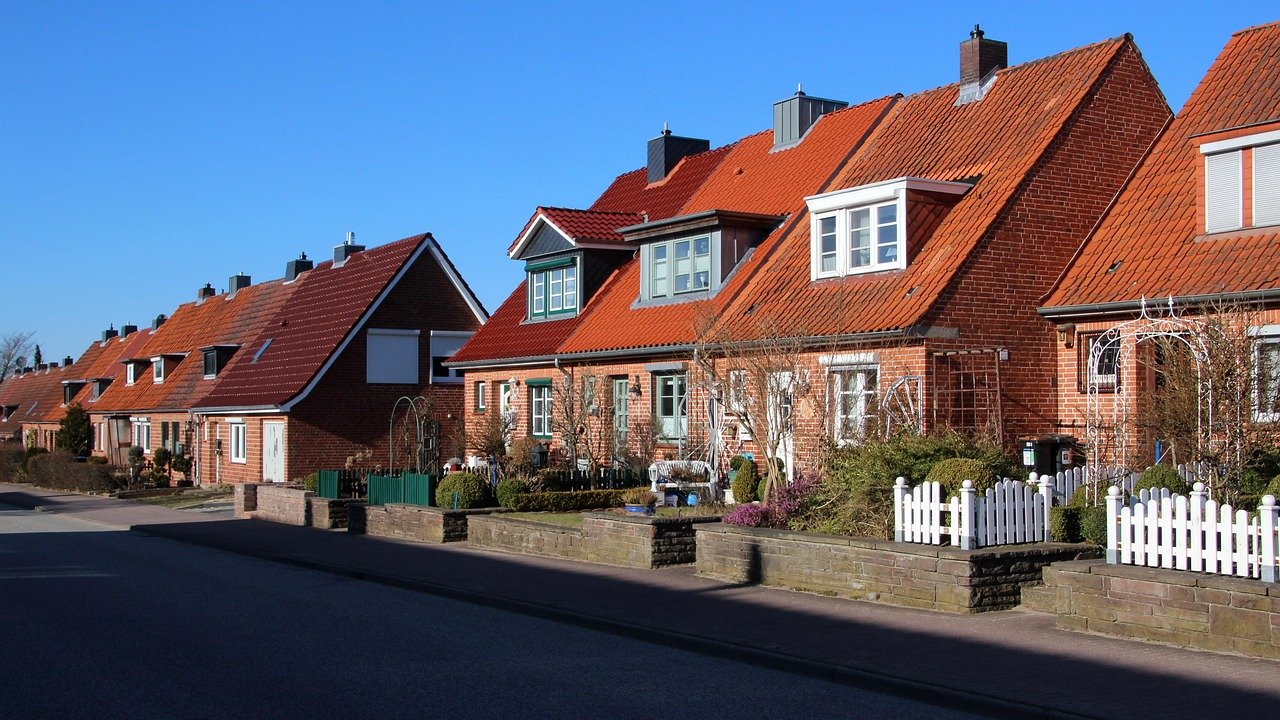
For generations, owning a detached home on a quarter-acre block was considered the pinnacle of the “Australian Dream.” But in 2025, that dream is undergoing a seismic cultural shift. More Australians, especially Millennials and Gen Z, are choosing the flexibility of renting over the financial weight of property ownership. Is this a temporary adjustment—or a redefinition of what success looks like?
The median home price in Sydney surpassed $1.3 million in early 2025, with Melbourne not far behind at just over $970,000. Despite modest wage growth, deposits and mortgage requirements continue to price out younger Australians from entering the market.
Even in regional areas once considered affordable, such as Ballarat or Coffs Harbour, house prices have skyrocketed by up to 45% in the last five years.
According to a 2024 survey by the Real Estate Institute of Australia (REIA), 52% of renters aged 25–40 said they “had no immediate plans” to purchase a home—even if they could afford to. Why?
"My parents bought a home in their 20s. I’m in my 30s and I don’t want to be chained to one suburb or 30 years of debt."
Renting in 2025 is not the transient, unstable experience it once was. Build-to-rent (BTR) developments—professionally managed apartment blocks tailored for long-term tenants—are booming in cities like Sydney, Melbourne, and Brisbane.
These properties often include gym access, co-working lounges, rooftop gardens, and flexible leases. Some even allow pets, offer on-site maintenance, and use tenant loyalty programs to retain renters for years.
Despite government incentives like First Home Super Saver schemes and regional relocation grants, housing affordability remains out of reach for many. Critics argue that policies often stimulate demand more than they address supply.
On the rental side, states like Victoria have introduced renter-friendly reforms such as longer minimum lease terms, limitations on rent increases, and mandatory property condition standards. But enforcement remains uneven.
Another reason for the shift? Financial education. Today’s renters are more aware of opportunity costs. Many question the logic of taking on a 30-year loan in a volatile interest rate environment.
For some, investing in stocks, ETFs, or even starting a business feels smarter than being locked into a mortgage with high repayments, council rates, and surprise maintenance costs.
“I ran the numbers. Owning a home in Sydney would cost me $4,800 a month. I rent for $2,900 and invest the difference.”
Perhaps the most profound change is psychological. Renting is no longer seen as a failure or fallback. Social stigma is fading. Instagram influencers post about stylish rentals. Financial gurus preach flexibility. And fewer people equate homeownership with adulthood or stability.
For younger Australians, security comes from mobility, not mortar.
Demographers predict that by 2030, more than 45% of Australian households under 40 will be long-term renters. That will require systemic change—not just in how we build homes, but in how we define home.
Some experts argue it’s time to rethink tax incentives, zoning laws, and even city layouts to support this growing class of renters. Others warn that without increased rental supply, housing inequality will worsen.
Get breaking news, expert analysis, and in-depth coverage on technology, transport, economy, and the issues that shape our future. Our commitment to integrity and accuracy ensures you receive reliable information to make informed decisions.
Subscribe to NewsletterWhatever the outcome, one thing is clear: the Australian Dream isn’t dead—it’s evolving. And for many, the future feels lighter without a mortgage attached.
Renting is no longer a pit stop on the way to buying a home. For many Australians, it’s the destination. Whether driven by choice or circumstance, the cultural pivot is reshaping cities, economies, and lifestyles across the country.